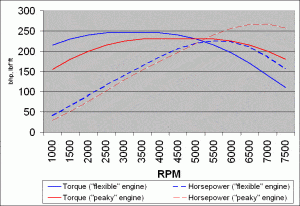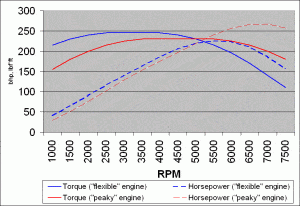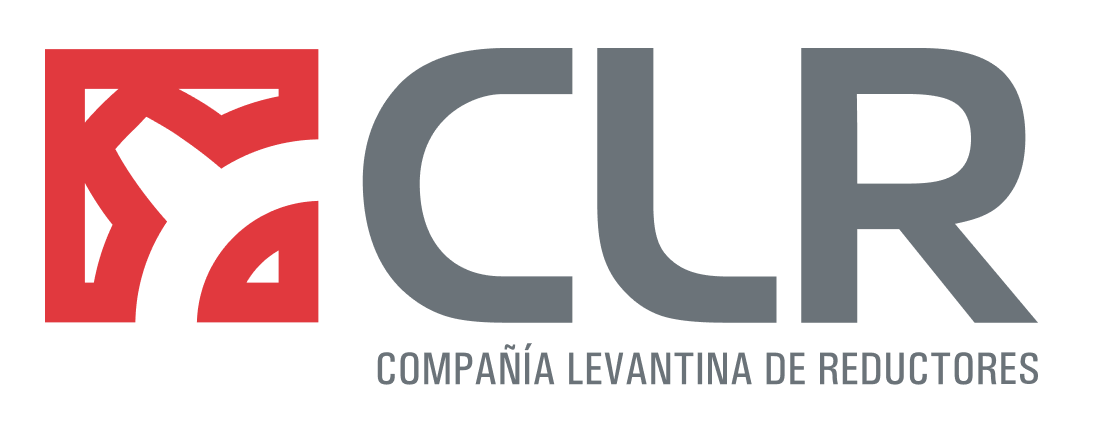
Which motors are better for high speeds: stepper motors or servo motors?
A la hora de desarrollar un pequeño proyecto de electromecánica uno de los puntos más críticos es la elección del tipo de motor. Para ello, deberemos definir muy bien los requisitos de nuestra aplicación en cuanto a la velocidad o rpm, la fuerza de arranque, potencia, par motor, etc. En este artículo haremos referencia al uso de motores paso a paso y motores servos en proyectos que necesiten altas rpm. Toma nota y aprende qué motores son mejores para altas velocidades.
When it comes to developing a small electromechanics project one of the most critical points is the choice of engine type. To do this, we must define very well the requirements of our application in terms of speed or rpm, starting force, power, Engine torque, etc. In this article we will refer to the use of stepper motors and servo motors in projects that need high rpm. Take notes and learn Which motors are best for high speeds.
Stepper motors
Los stepper motorsThey are themselves brushless motors usually composed of between 50 and 100 poles. The poles respond to an area of the motor where a magnetic pole (north or south) is generated through a permanent magnet, or through the generation of current through the coils of a winding.Stepper motors don't need encoders, since they move precisely between their many poles. In this way, this type of motor works incrementally using pulses. These pulses or electrical impulses, in turn, are translated into discrete angular displacements.
You might be interested in: Stepper motor: when and why to use it
Its main characteristic is that the inductor is powered from an external power supply, so by modifying the excitation current with a controller, it is possible to vary its speed. The maximum speed you can achieve will depend on the voltage from the controller to the motor. If the voltage is higher, the stepper motor will provide more torque at the same (high) speed and can accelerate even more than a motor with a low voltage controller.
Is it possible to apply stepper motors at high speeds?
When it comes to choosing which motors are best for high speeds, It should be noted that stepper motors are ideal for up to 2,000 rpm. On the other hand, in addition to offering versatility and an optimal level of maximum speed, they are cheaper than servos, since they operate with a constant current of Open loop. The cost savings come from the fact that an encoder is not required for most positioning applications. In any case, it should be noted that this type of component They generate a lot of heat, both in the motor and in the drive, a factor to be taken into account in certain applications.
You might be interested in: What type of stepper motor is best for high torque applications?
Servo motors
Un Servo motor is an evolved stepper motor. In other words, it is a stepper motor, but with integrated control electronics, so that It is possible to control position and movement by degrees. This circumstance allows for greater precision. If we look at their composition, servos have few poles. Thus, if we compare them with the step-by-step ones, we observe that the rotation of a stepper motor requires much more current exchange through the windings than that of a servo motor. This fact has an impact on the higher performance of the servos. On the other hand, these motors need an encoder to keep track of their position, which increases the project budget. In addition, offer lower torque levels at low speeds, since motors with more poles (in the case of stepper motors) have the advantage of offering greater torque at low revolutions.
Use of servo motors at high speeds
Servomotors supply only the motor current required to move or hold the load; that is, they read the difference between the encoder of the motors and the position. This advantage prevents overheating and improves application performance at any speed.These motors are excellent in applications that require more than 2,000 rpm, with the great competitive advantage of keeping a constant torque throughout its range of revolutions (0-3,000 rpm).[caption id="attachment_1888" align="aligncenter” width="300"]

Diagram comparing the power and torque bands of a high and low torque motor. [/caption]
Conclusion
After analyzing Which motors are best for high speeds, we determine that for speeds lower than 2,000 revolutions per minute, a stepper motor means greater savings and an excellent response in terms of precision: it does not lose pulses, they are easier to start, they are stable at rest and maintain a very good position, especially in the face of dynamic loads. In applications that require high speeds and a higher level and torque control, it would be best to opt for a servo. Not only do they offer precision at high revolutions, but they are ideal for applications that require high torque and high dynamic response. As we pointed out at the beginning of the article, before choosing between one type of motor or another, we will first need to know very well what the requirements of our applications are. It is necessary to calculate inertia, torque and speed, in addition to safety factors that are required in the calculation of torque. CLR has a perfect resource to guide you in the engine selection process for your projects. Download it now for free at this link.

We offer customized, tailor-made solutions. Configure with us the perfect gearmotor for your project.
¿Tienes un proyecto en mente?
We can manufacture your tailor-made solution, we accompany you at every stage of the project to offer the solution that best suits your application.
Do you have a project in mind?
We can manufacture your tailor-made solution, we accompany you at every stage of the project to offer the solution that best suits your application.








